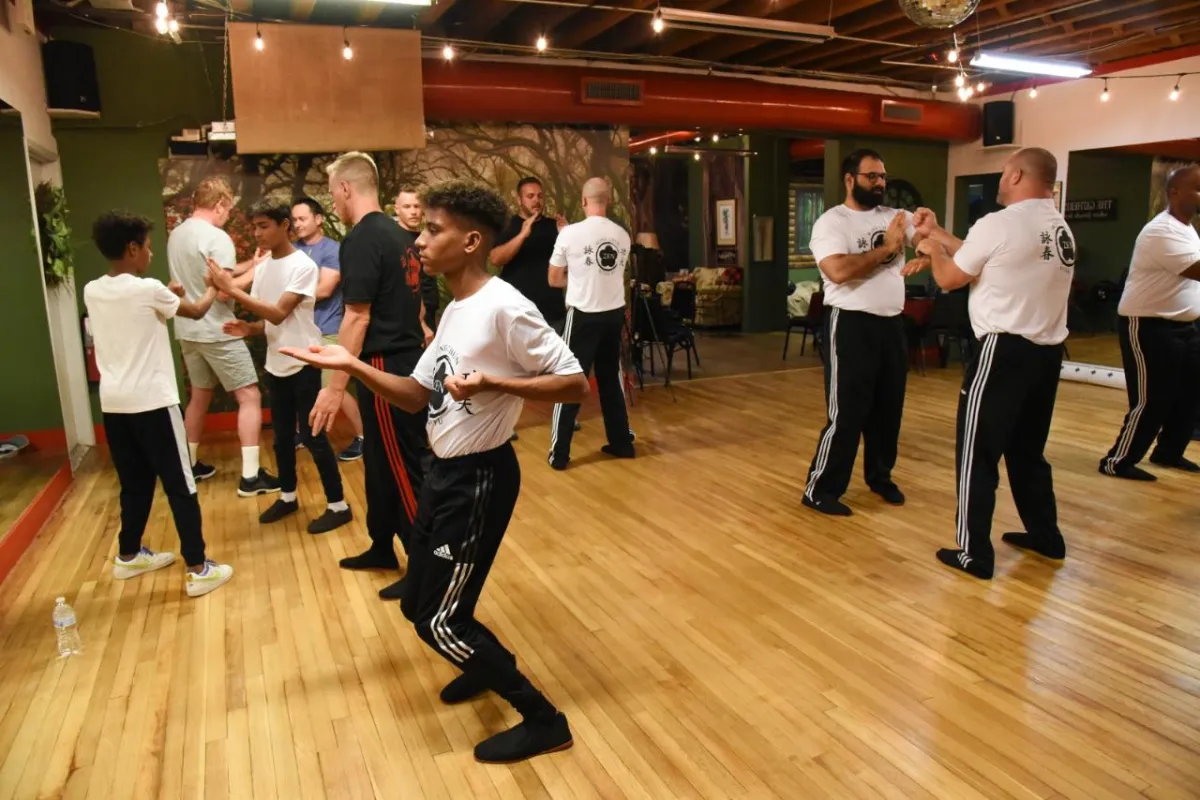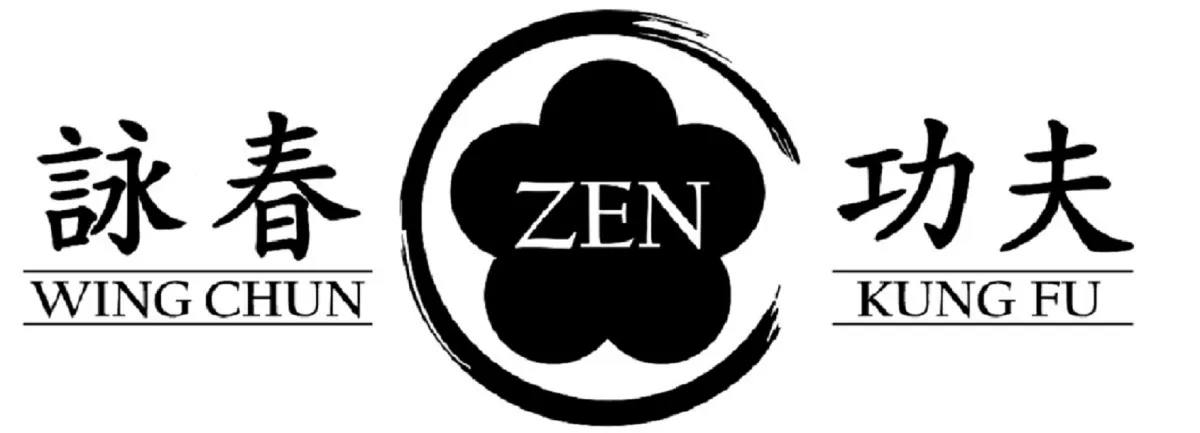DEBUNKING COMMON MISCONCEPTIONS, ABOUT WING CHUN KUNG FU.

Wing Chun, a traditional Chinese martial art renowned for its practicality and efficiency, has garnered widespread interest and admiration over the years. However, like any discipline, Wing Chun is not immune to misconceptions and misunderstandings. In this article, we aim to dispel some of the most common myths and misconceptions surrounding Wing Chun, shedding light on the truth behind this dynamic and effective martial art.
Misconception 1: Wing Chun is Only for Close Combat
One prevalent misconception about Wing Chun is that it is solely effective in close-quarters combat. While Wing Chun does excel in close-range engagements, it also incorporates techniques for mid-range and long-range fighting. Wing Chun's principles, such as centerline control and simultaneous attack and defense, are applicable across various ranges, allowing practitioners to adapt to different combat scenarios effectively.
Misconception 2: Wing Chun is Only for Small or Weak Individuals
Another misconception is that Wing Chun is suitable only for individuals of smaller stature or weaker physical attributes. In reality, Wing Chun's emphasis on technique over brute strength makes it accessible to practitioners of all sizes and strengths. By leveraging proper body mechanics, structure, and sensitivity, Wing Chun enables practitioners to generate power and overcome larger opponents with relative ease.
Misconception 3: Wing Chun Lacks Practicality in Real-Life Situations
Some critics argue that Wing Chun's focus on drills and sensitivity training may not translate effectively to real-life self-defense situations. However, Wing Chun's practicality lies in its simplicity, directness, and adaptability. The art's emphasis on efficient movements, rapid strikes, and simultaneous attack and defense makes it highly effective in real-world confrontations, where speed and precision are paramount.
Misconception 4: Wing Chun is Static and Ritualistic
There is a misconception that Wing Chun training is rigid and ritualistic, emphasizing repetitive drills and forms without practical application. In reality, Wing Chun training is dynamic and alive, with practitioners engaging in partner drills, sparring, and scenario-based training to develop practical skills. While forms play a vital role in transmitting Wing Chun's principles and techniques, they are not the sole focus of training.
Misconception 5: Wing Chun is Ineffective Against Other Martial Arts
Some skeptics believe that Wing Chun is ineffective against other martial arts styles, particularly those that emphasize strength or athleticism. However, Wing Chun's adaptability and focus on principles rather than techniques allow practitioners to effectively counter a wide range of fighting styles. By exploiting openings, controlling the centerline, and disrupting an opponent's balance, Wing Chun practitioners can overcome challenges posed by other martial arts disciplines.
Conclusion:
Wing Chun is a dynamic and effective martial art that has stood the test of time, thanks to its practicality, efficiency, and adaptability. By debunking common misconceptions and shedding light on the truth behind Wing Chun's principles and techniques, we hope to inspire a deeper understanding and appreciation for this formidable martial art. Whether for self-defense, physical fitness, or personal growth, Wing Chun offers invaluable benefits to practitioners of all backgrounds and abilities.
Quick Links

Pompano Beach:
230 S Cypress Rd Suite H, Pompano Beach, FL 33060
Cooper City:
10400 Griffin Road, Cooper City, FL33328
Contact
info@zenwingchun. org
+1 954-399-0548
Quick Links

Pompano Beach:
230 S Cypress Rd Suite H, Pompano Beach, FL 33060
Cooper City:
10400 Griffin Road, Cooper City, FL33328
Contact
info@zenwingchun. org
+1 954-399-0548
© 2024 ZEN WING CHUN KUNG FU.ALL RIGHTS RESERVED.
